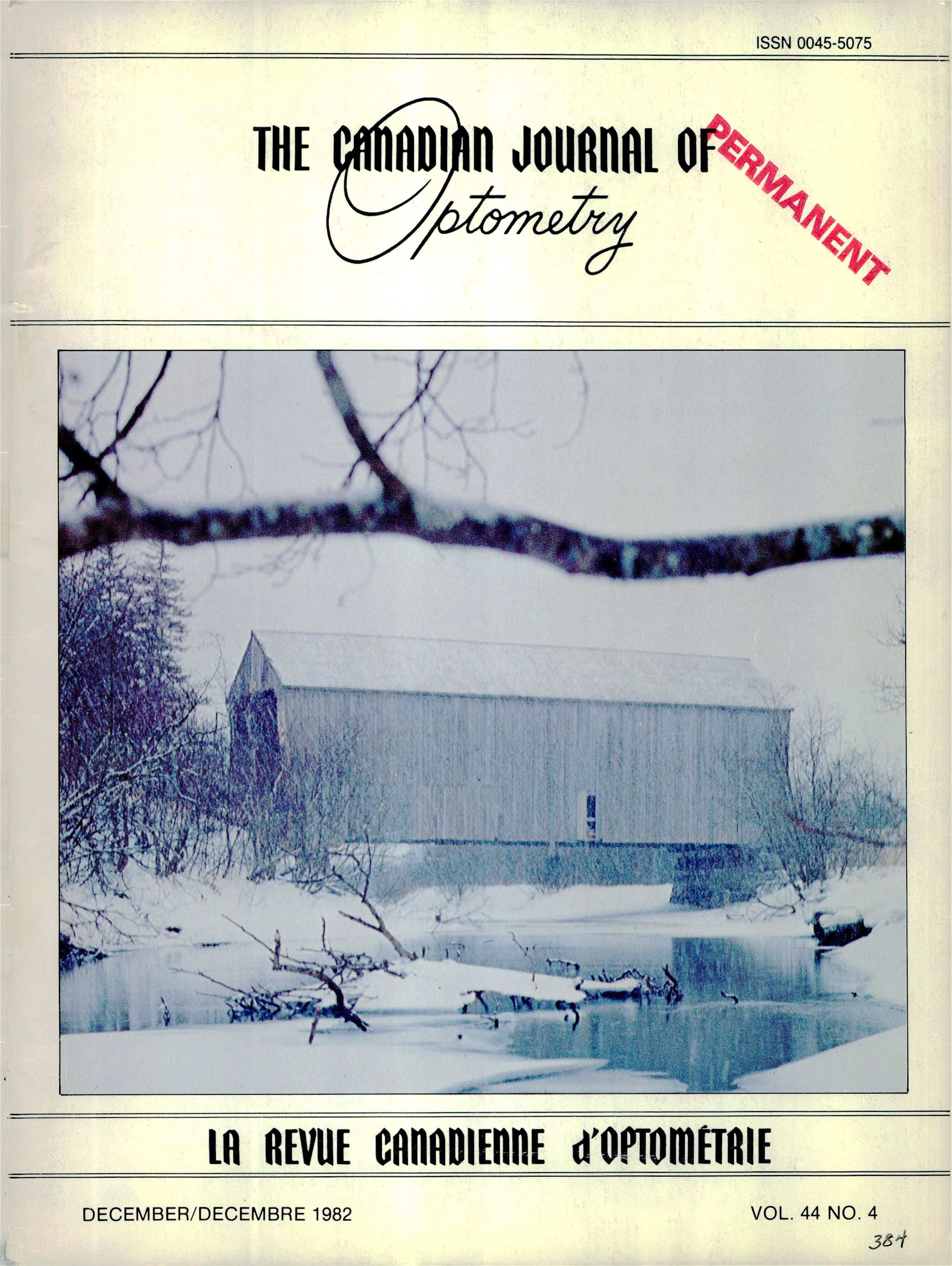Why can't we explain refractive error?
DOI:
https://doi.org/10.15353/cjo.v44i4.4247Keywords:
Refractive errorAbstract
Refractive error is a quantitative trait, and its variation is readily considered from the point of view of quantitative genetics, or genetic epidemiology. This article reviews the development of refractive error in childhood, and its epidemiology and genetics. There is considerable epidemiological evidence that the development of refractive error is influenced by vision activity. Possible influences of other environmental factors such as nutrition have not been sufficiently investigated. Observed familial resemblances in refractive error are consistent with a considerable additive genetic contribution to variation in the range of low to moderate error; higher errors may be more strongly inherited. Recent investigations suggest vision activity, as a feature of common familial environment, can inflate measures of genetic resemblance if not taken into account. The significance of refractive error as an indicator of liability to serious ocular disorders is outlined, and suggestions made of advice to offer persons concerned about the occurrence or recurrence of refractive error in their families.
Published
How to Cite
Issue
Section
License
Copyright (c) 1982 J.C. Bear

This work is licensed under a Creative Commons Attribution-NonCommercial-NoDerivatives 4.0 International License.


